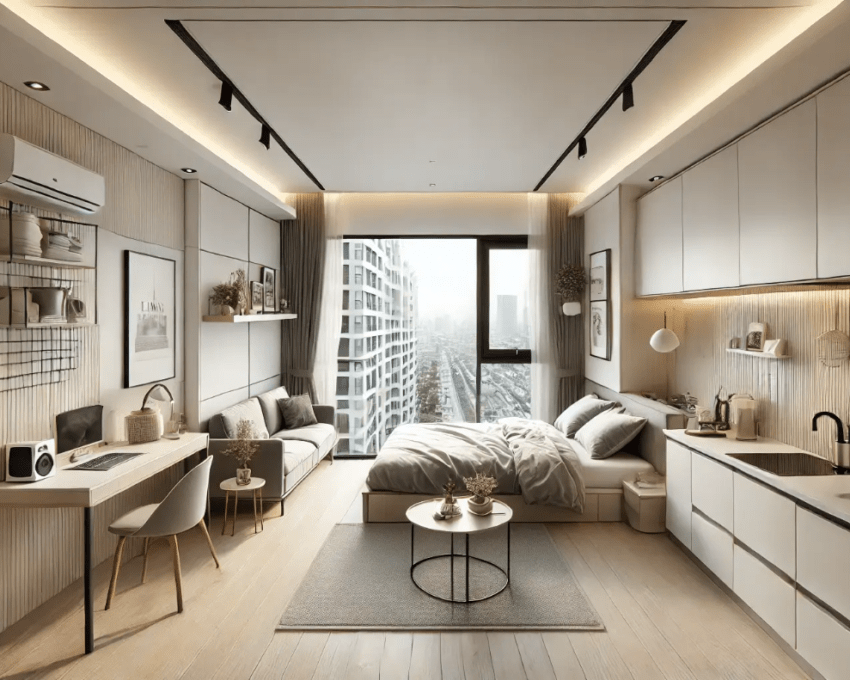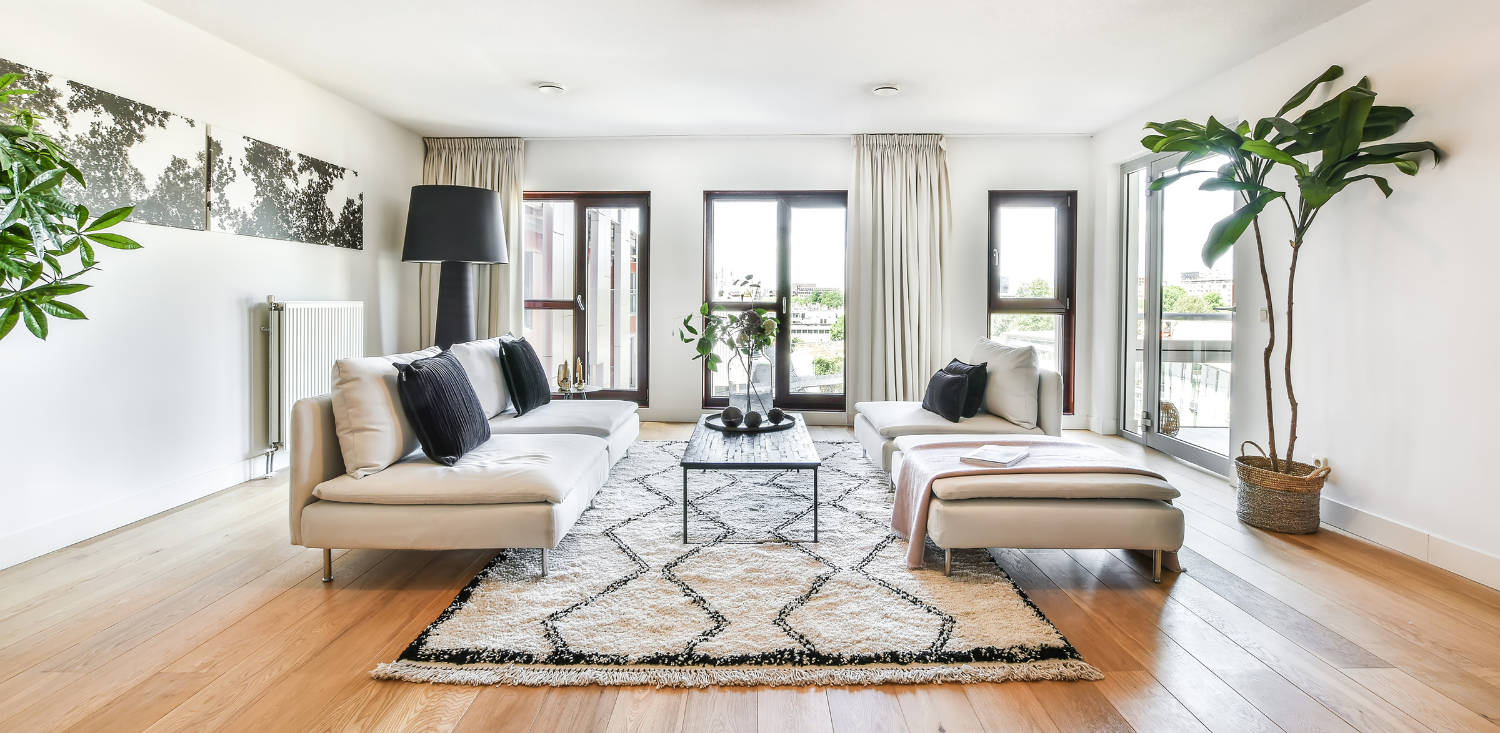
How to Maximize Natural Light in Your Home: 4 Effective Tips and Fixtures
Natural light plays a crucial role in our daily well-being. Not only does it enhance the overall ambiance of our living spaces, but it also helps reduce energy consumption by minimizing the need for artificial lighting. Optimizing natural light in your home can transform your rooms into bright and welcoming spaces. Here are four tips to help you achieve this.
Use Light and Reflective Colors
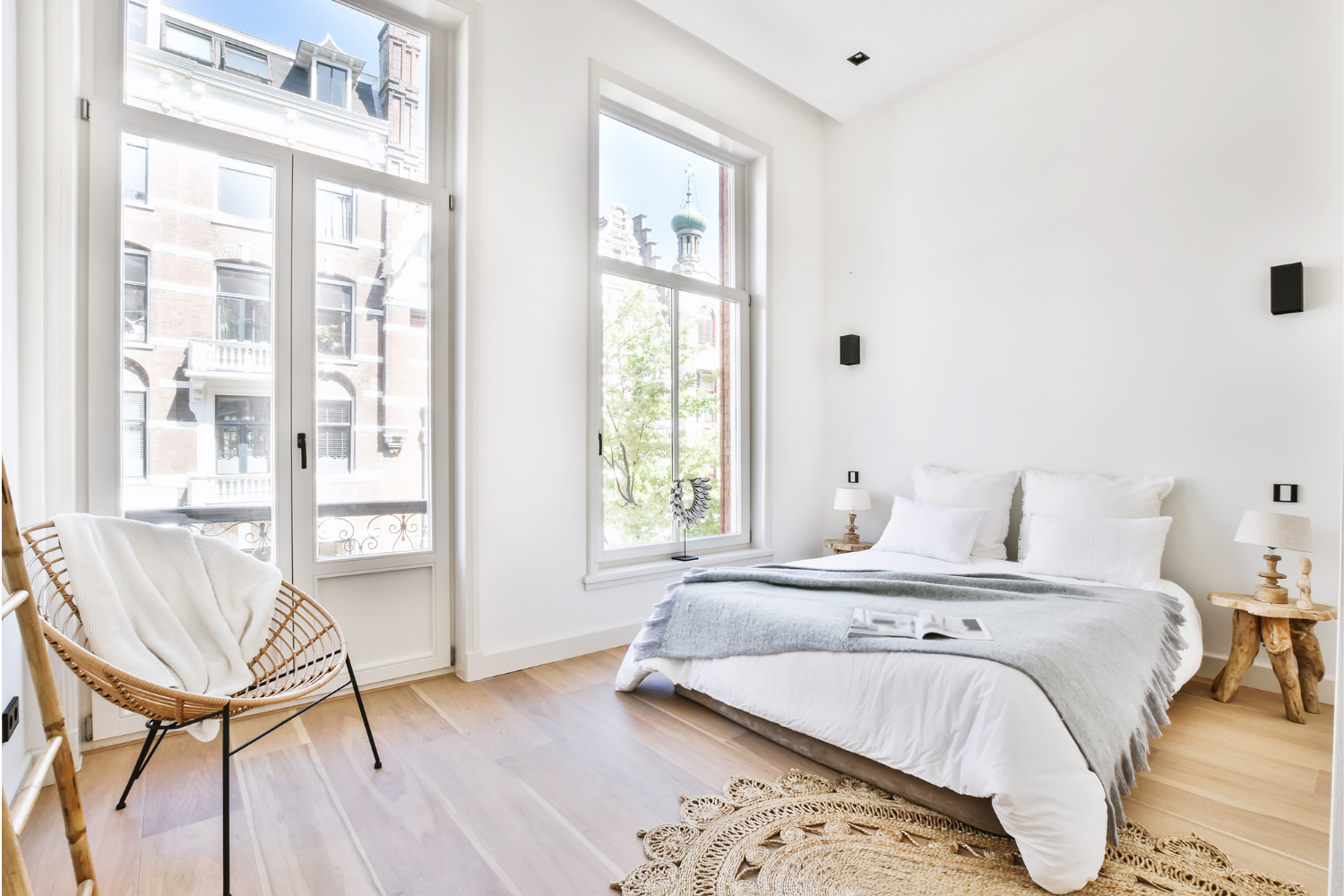
Light colors have the ability to reflect light rather than absorb it, which helps to diffuse more brightness throughout a room.
How to do it:
Painting walls and ceilings: Opt for white or pastel shades for your walls and ceilings. White is particularly effective at reflecting light and creating a sense of expanded space.
Flooring: Choose light-toned materials such as blonde wood flooring, beige tiles, or soft-colored rugs.
Furniture and decor: Favor light-colored furniture and decorative accessories made from shiny or reflective materials, such as glass or polished metal.
Strategically Integrate Mirrors
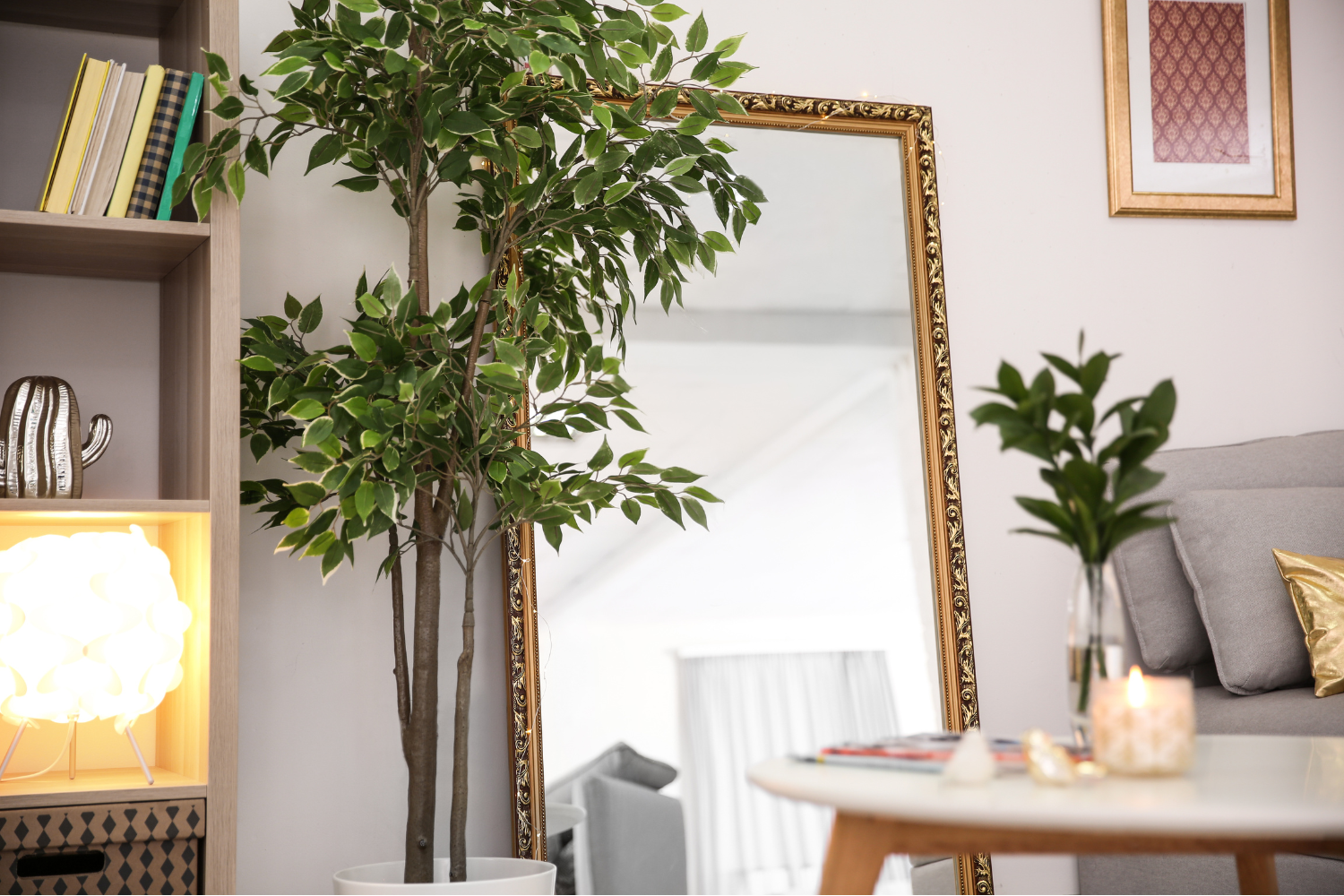
Mirrors are excellent tools for amplifying natural light by reflecting and spreading it throughout the room.
How to do it:
Place mirrors opposite light sources: Position large mirrors opposite windows to reflect incoming light and further illuminate the space.
Multiply reflection points: Use multiple small mirrors or reflective decorative objects throughout the room to create an even distribution of light.
Mirrors on doors and closets: Installing mirrors on closet doors or narrow walls can help maximize brightness while adding an aesthetic touch.
Bonus tip: Choose thin or transparent mirror frames to avoid visually weighing down the space and to allow light to circulate freely.
Opt for Light and Translucent Window Treatments
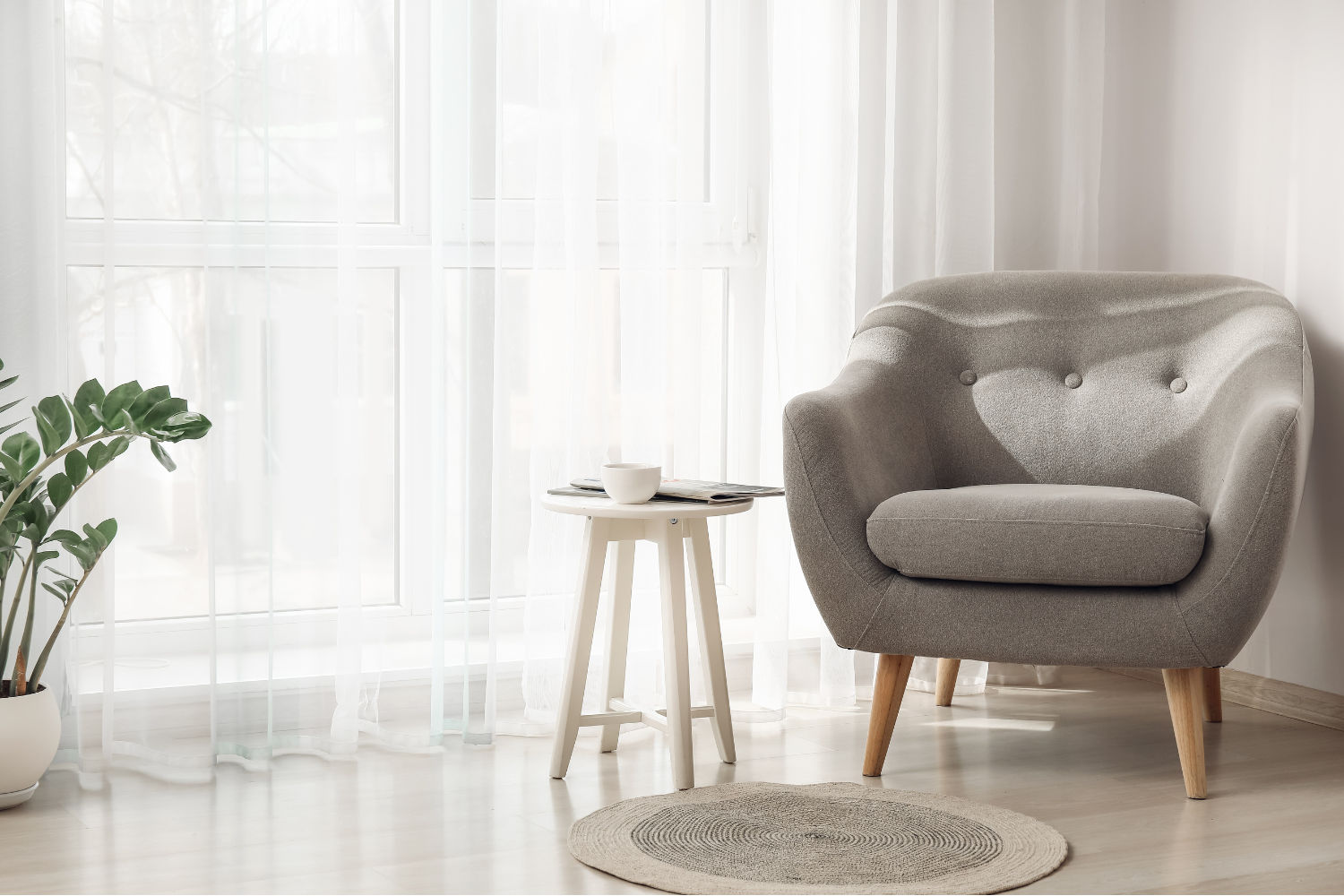
Curtains and blinds can either block or allow natural light to enter depending on their material and opacity.
How to do it:
Light curtains: Use sheer, lightweight, and translucent fabrics that allow light to pass through while maintaining privacy.
Venetian or roller blinds: Choose adjustable blinds that let you control the amount of incoming light according to your needs.
Avoid heavy materials: Steer clear of thick, dark curtains that absorb light and darken the room.
Arrange and Declutter the Interior Space
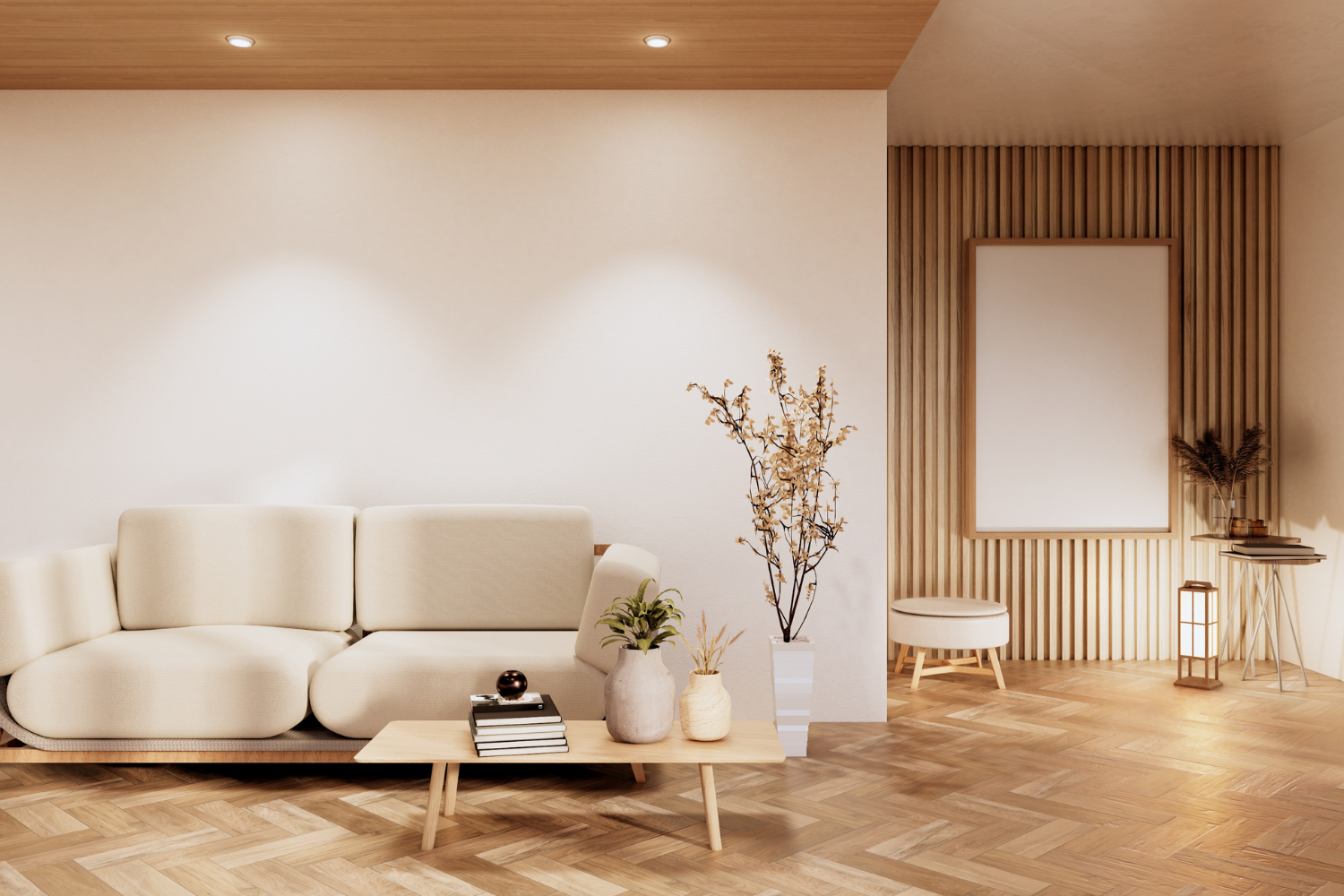
A well-organized and uncluttered space allows light to circulate freely, reducing shadowy areas and creating a brighter atmosphere.
How to do it:
Furniture arrangement: Avoid placing bulky furniture in front of windows or in the paths of light. Opt for low, open furniture that doesn’t obstruct the brightness.
Decluttering: Keep surfaces and floors free of clutter to allow light to reflect and spread effectively.
Use transparent materials: Incorporate glass or acrylic elements, such as tables or shelves, that let light pass through and visually lighten the space.
Bonus tip: Interior doors with glass inserts or fully glazed doors can help diffuse natural light between different rooms in the house.
Maximizing natural light in your home is an effective and economical way to improve your quality of life while reducing your energy consumption. By applying these simple and practical tips, you can create brighter, warmer, and more inviting living spaces. Feel free to combine several of these ideas for an optimal result tailored to your needs and style.
If you need assistance or would like more personalized advice, contact us!

